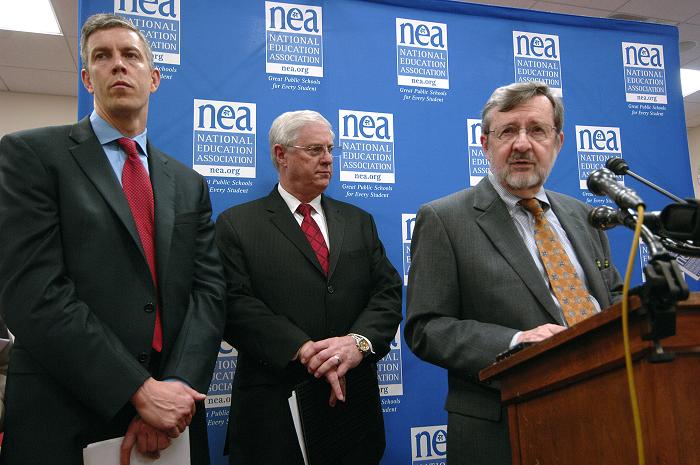The Association of American Educators (AAE) testifies before the Utah Senate Education Committee in favor of a bill (SB 82) that would penalize those not following current law that allows all education associations equal access to schools. The organization’s membership director says the unfair reality is that districts shut their doors to the AAE in favor of the union, preventing the AAE equal access to teachers.
The committee approved the penalization measure 5-1, and the measure now awaits the full Senate.










 Wasn’t 2010 supposed to be the Year of Education Reform? ‘Race to the Top’ was going to transform the education landscape, ‘No Child Left Behind’ was to get a facelift, school turnaround options were going to transform our lowest achieving public schools…
Wasn’t 2010 supposed to be the Year of Education Reform? ‘Race to the Top’ was going to transform the education landscape, ‘No Child Left Behind’ was to get a facelift, school turnaround options were going to transform our lowest achieving public schools… (originally posted on Politico‘s
(originally posted on Politico‘s  If you’ve picked up a newspaper or turned on the evening news lately, it’s been all doom and gloom for schools, teachers and the future of American education.
If you’ve picked up a newspaper or turned on the evening news lately, it’s been all doom and gloom for schools, teachers and the future of American education.
